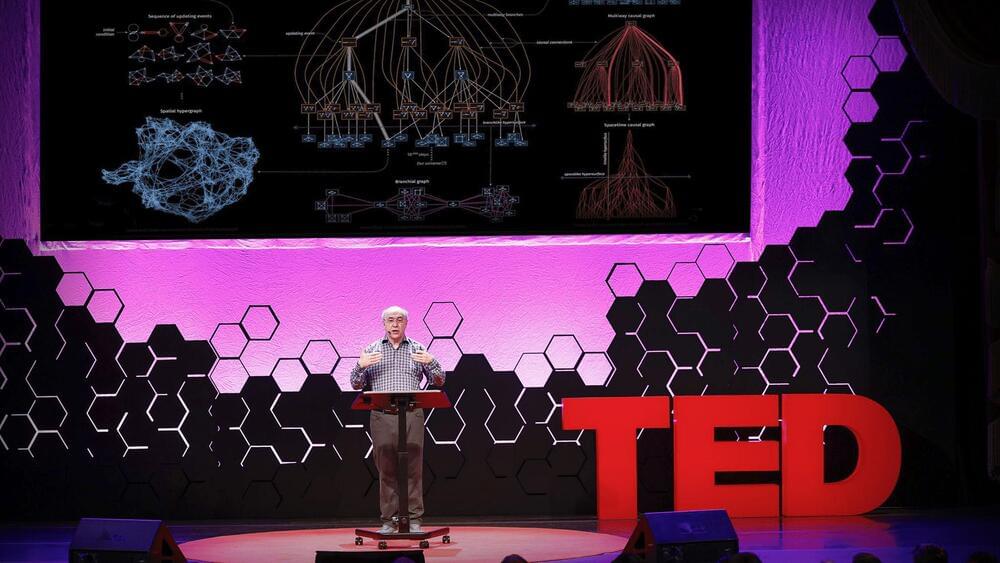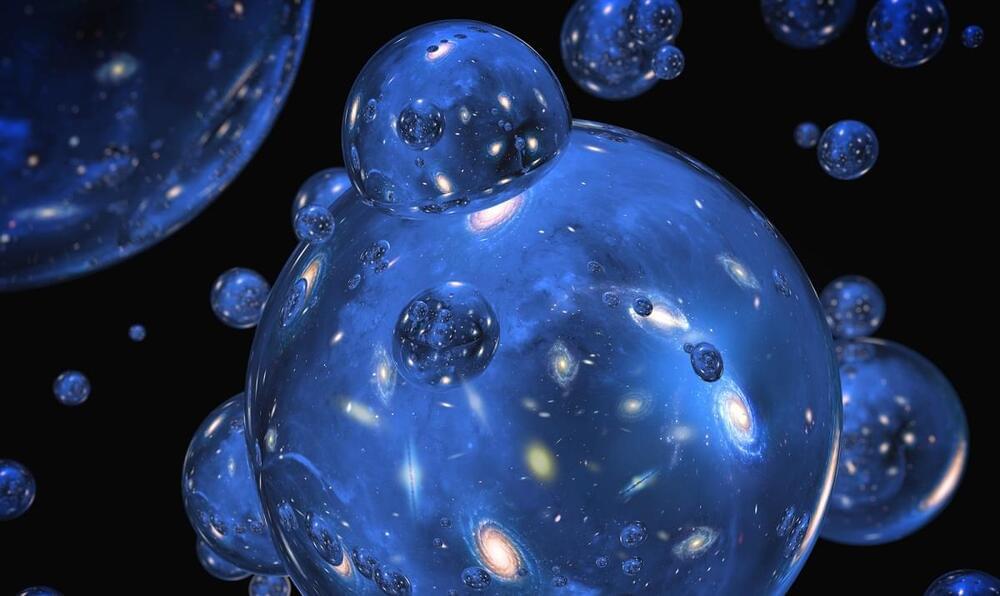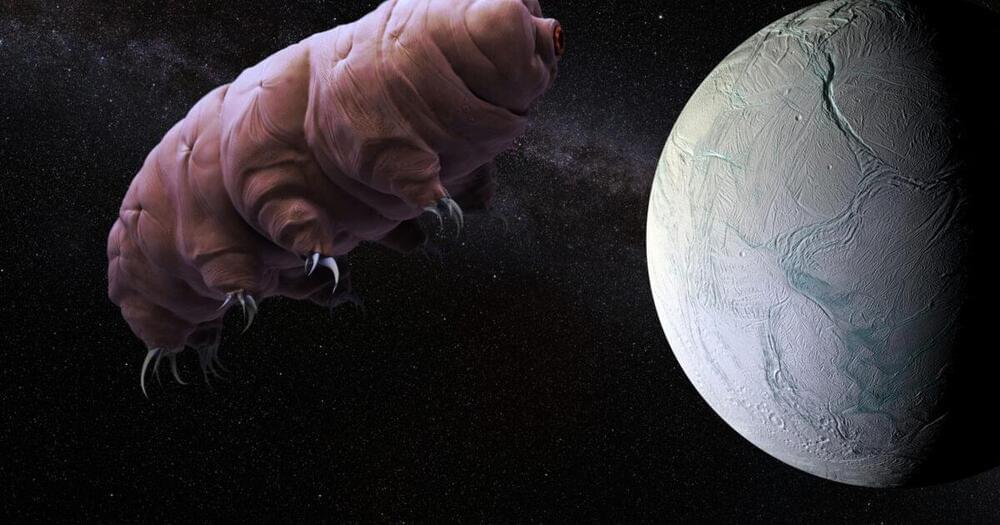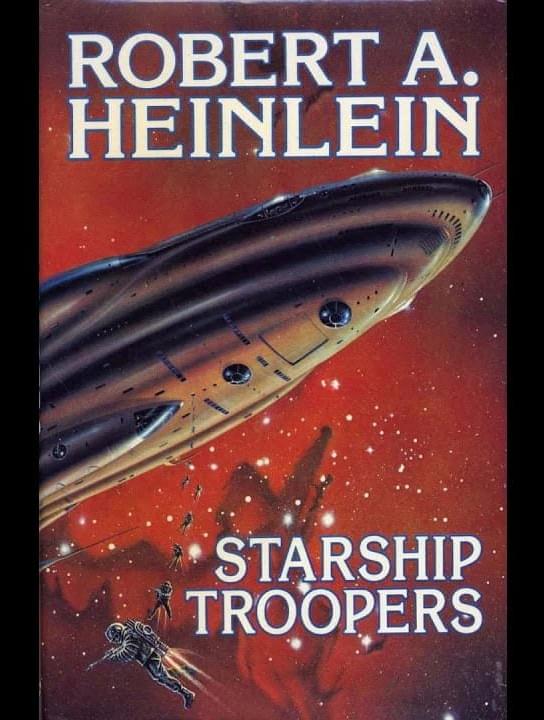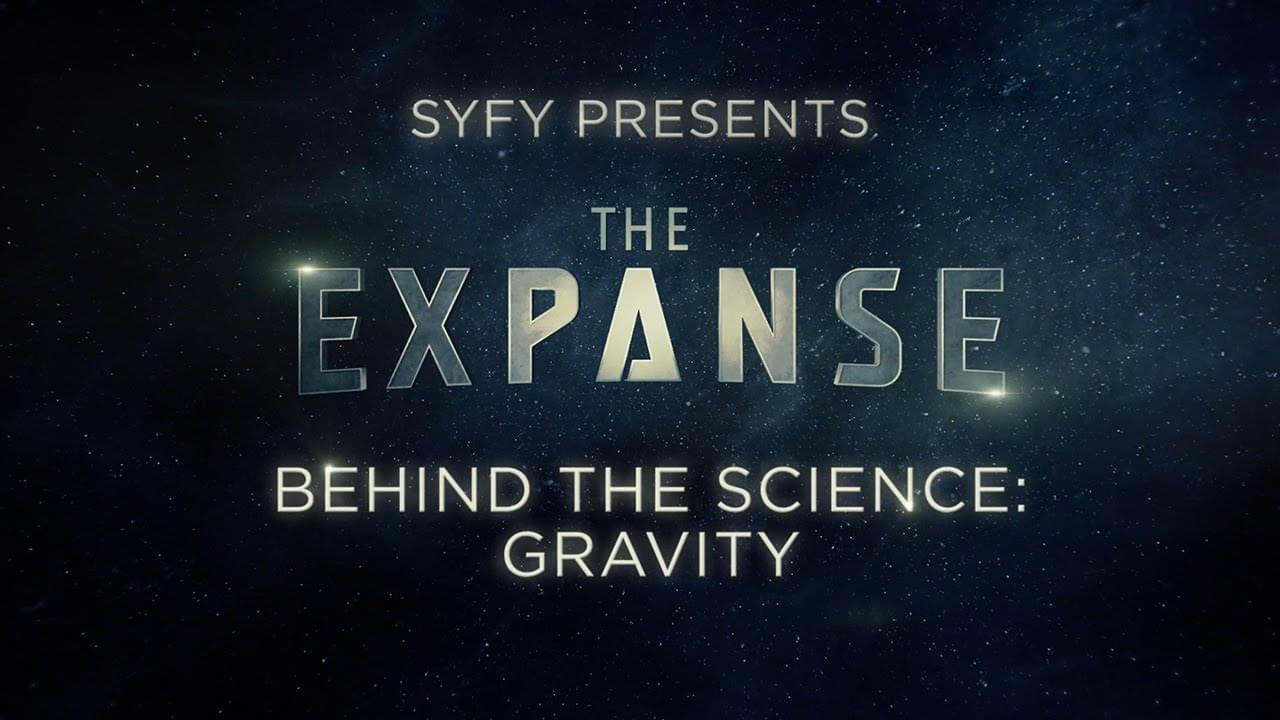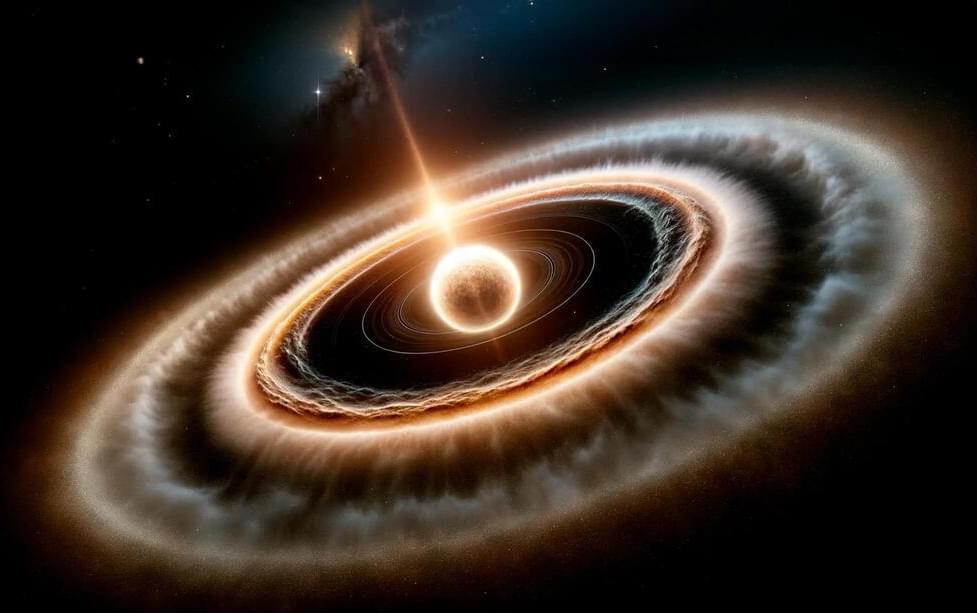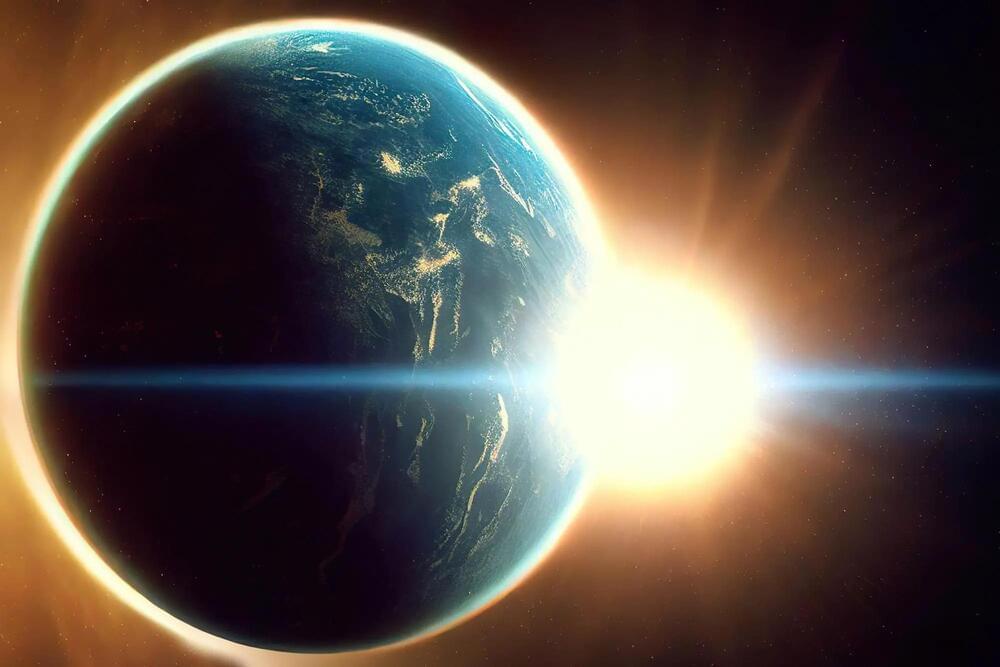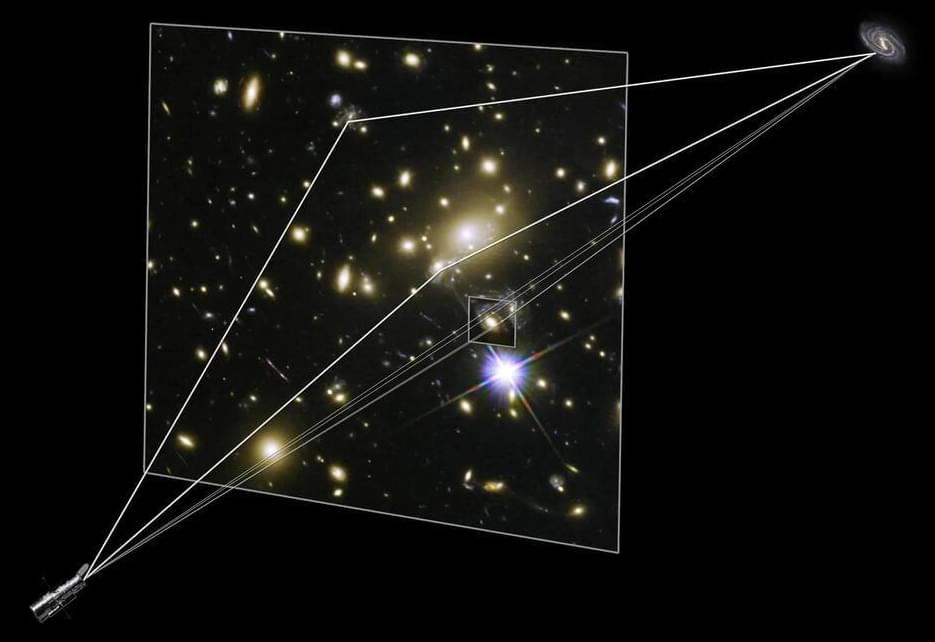Nov 22, 2023
How to think computationally about AI, the universe and everything
Posted by Kelvin Dafiaghor in categories: alien life, robotics/AI
Drawing on his decades-long mission to formulate the world in computational terms, Stephen Wolfram delivers a profound vision of computation and its role in the future of AI. Amid a debut of mesmerizing visuals depicting the underlying structure of the universe, he provides a sweeping survey of his life’s work, offering a new perspective on the applications — and consequences — of AI powered by computational language.
